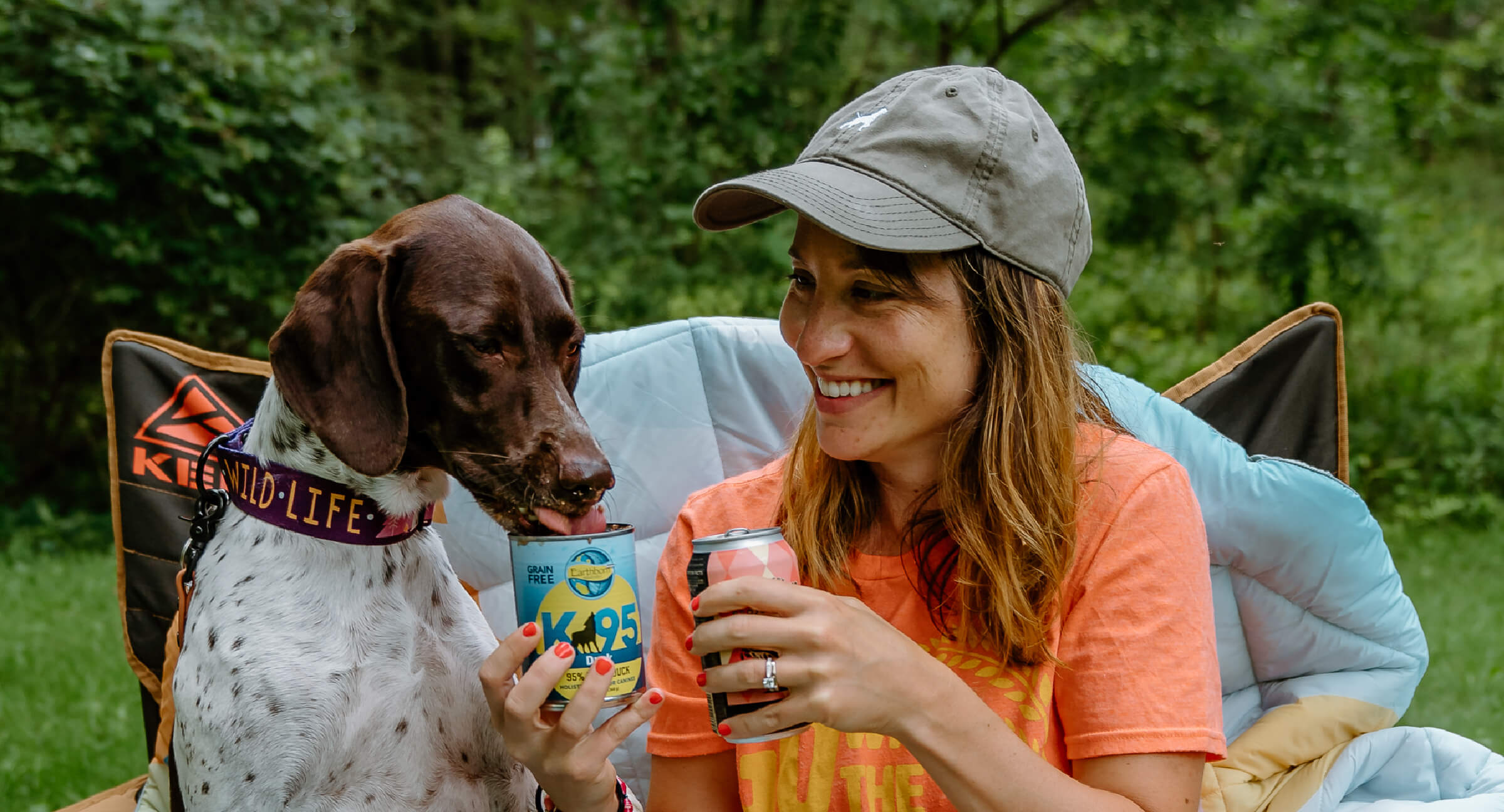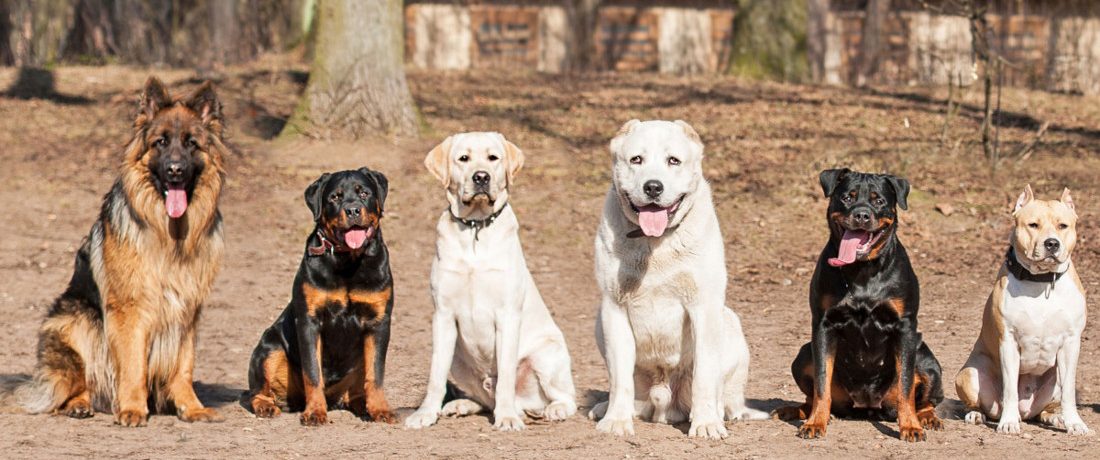Important Tips for Successful Dog Training: A Guide for Family Pet Owners
Efficient canine training is a complex procedure that calls for a calculated method customized to both the family pet's character and the proprietor's goals. Understanding just how to navigate these barriers can substantially enhance the training experience, inevitably transforming the partnership between proprietor and canine.
Recognizing Dog Actions
Understanding canine habits is crucial for effective training and promoting an unified partnership in between dogs and their owners. dog training. Pets interact largely through body language, vocalizations, and actions, making it critical for owners to interpret these signals accurately.

Socialization plays a considerable role in canine behavior; direct exposure to numerous settings, individuals, and other animals can significantly influence a pet's personality. Elements such as type attributes and private temperament need to assist training methods, as some types may have specific behavior qualities that necessitate customized methods. By understanding these components, owners can develop a helpful environment that urges positive actions, causing successful training outcomes and a deeper bond with their family pets.
Establishing Regular Commands
Efficient interaction with your canine starts with establishing regular commands. This foundational component of training is important for fostering understanding between you and your pet dog. Consistency in the commands you make use of guarantees that your pet can reliably connect specific words or phrases with the wanted behaviors.
When picking commands, choose clear, unique words that are easy to claim and differentiate from one another. Stay clear of using similar-sounding commands that may perplex your canine. For instance, using "rest" and "remain" is suitable, however "rest" and "struck" could result in misconceptions.
In addition, keep the exact same tone and quantity for each command. Canines are delicate to singing signs, so differing your tone can produce complication.
It is just as crucial to make sure that all member of the family are on the same web page relating to the commands used. A united front in command use will certainly avoid mixed signals and reinforce the knowing process.
Positive Support Methods
The power of positive support in pet dog training lies in its ability to motivate desired actions via benefits and praise. This strategy is grounded in the concept that habits adhered to by desirable results are most likely to be repeated. By integrating positive support into your training regimen, you can properly form your dog's actions in a useful fashion.
To carry out positive reinforcement, it's vital to recognize what motivates your pet, whether it be treats, playthings, or verbal appreciation. When your dog does a desired action, such as resting on command, promptly compensate them with a treat or love. This organization between the command and the favorable result strengthens their understanding.
It's vital to timing the rewards properly; supplying the reinforcement within seconds of the wanted behavior assists your pet dog make the link (dog training). Additionally, uniformity is vital-- guarantee that all household participants use the exact same commands and benefit systems to stay clear of confusion

Progressively, you can reduce the regularity of deals with as your dog learns the habits, transitioning to commend or recurring rewards. This method not only promotes a solid bond in between you and your pet but also promotes a positive discovering atmosphere, making educating a delightful experience for both.
Socialization and Interaction
Regularly subjecting your canine to a range of atmospheres, individuals, and various other pets is important for their social growth. Socializing must start early, preferably throughout the important home window of 3 to 14 weeks, when young puppies are most receptive to new experiences. Older dogs can also profit from recurring socializing efforts.
Introduce your canine to different setups, such as parks, pet-friendly shops, and metropolitan areas. This exposure aids them adjust to different stimuli, lowering stress and anxiety and concern reactions. Motivate favorable communications with various other dogs and individuals, making certain that these experiences are risk-free and controlled to promote confidence.
Use structured playdates with genteel canines, as this can boost your pet dog's social skills and show them suitable actions. Obedience classes and training sessions also supply outstanding possibilities for socialization, allowing your pet dog to interact with others in a monitored environment.
Display your dog's body movement during communications, as this will certainly assist you gauge their convenience level. Gradually raise exposure to even more difficult scenarios while making sure that each experience declares. A well-socialized pet is most likely to display well balanced habits, making them a you can look here joy to have in any type of setup.
Addressing Usual Training Obstacles
Every canine proprietor will certainly experience training difficulties at some factor, despite their pet dog's age or socializing level. Determining usual concerns such as stubbornness, interruptions, and terror can aid in creating effective techniques for renovation.
Distractions during training sessions can derail focus. To combat this, start training in a quiet environment with minimal stimuli. Gradually introduce distractions as the canine becomes much more skilled in commands. Short, regular training sessions are likewise efficient in preserving interest.
Fearfulness can hinder a pet's learning procedure. Progressive desensitization to the source of fear, paired with favorable support, can aid ease stress and anxiety. Persistence is essential; never compel a pet dog into a situation that causes distress, as this might worsen the problem.
Ultimately, understanding and resolving these typical difficulties with a structured strategy will certainly foster an extra efficient training experience, reinforcing the bond in between dog and proprietor while promoting reliable knowing.
Verdict
In recap, successful pet dog training counts on a thorough understanding of canine habits, the facility of constant commands, and the application of favorable reinforcement strategies. discover this Socialization plays a crucial function in developing well-adjusted family pets, while dealing with usual training challenges needs patience and versatility. By applying these vital strategies, family pet proprietors can foster a strong bond with their canines and advertise desirable actions, eventually causing an unified partnership in between humans and their canine buddies.
Recognizing dog habits is essential for efficient training and promoting an unified relationship between dogs and their proprietors.Socializing plays a significant role in canine habits; direct exposure to numerous environments, people, and other animals can substantially influence a dog's temperament.The power of positive reinforcement in canine training exists in its capability to urge wanted actions via incentives and praise. By incorporating positive support into your training regimen, you can effectively shape your dog's behavior in a constructive fashion.
In recap, try this web-site effective pet training counts on a comprehensive understanding of canine actions, the facility of regular commands, and the application of favorable support methods.